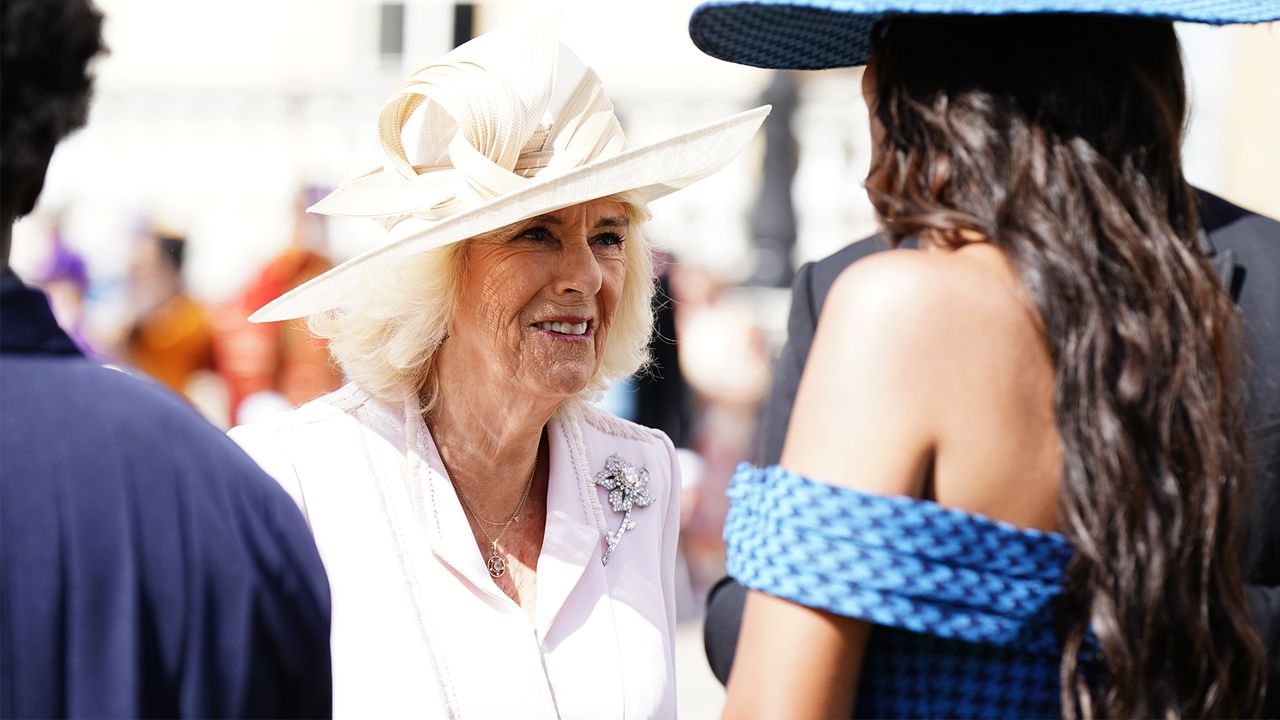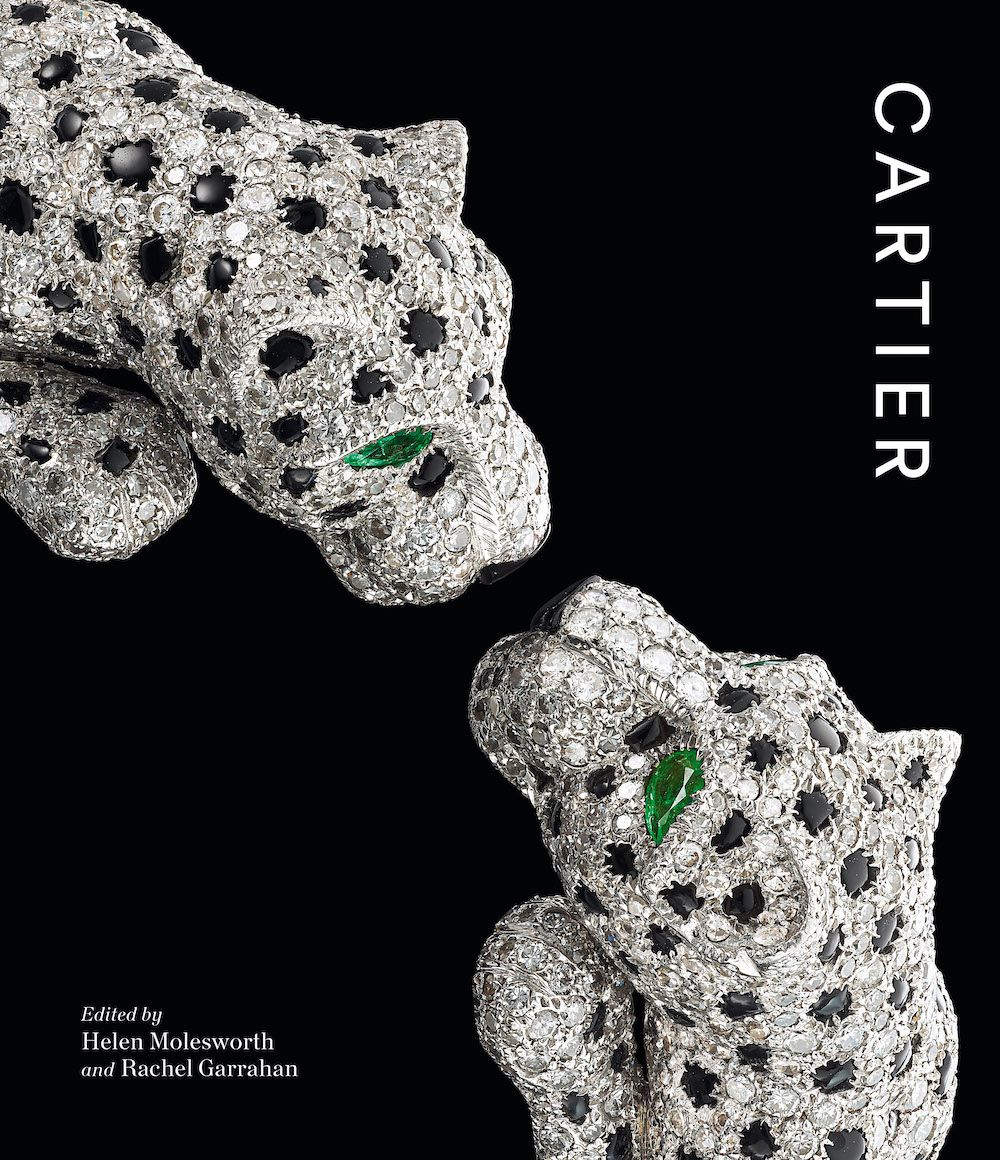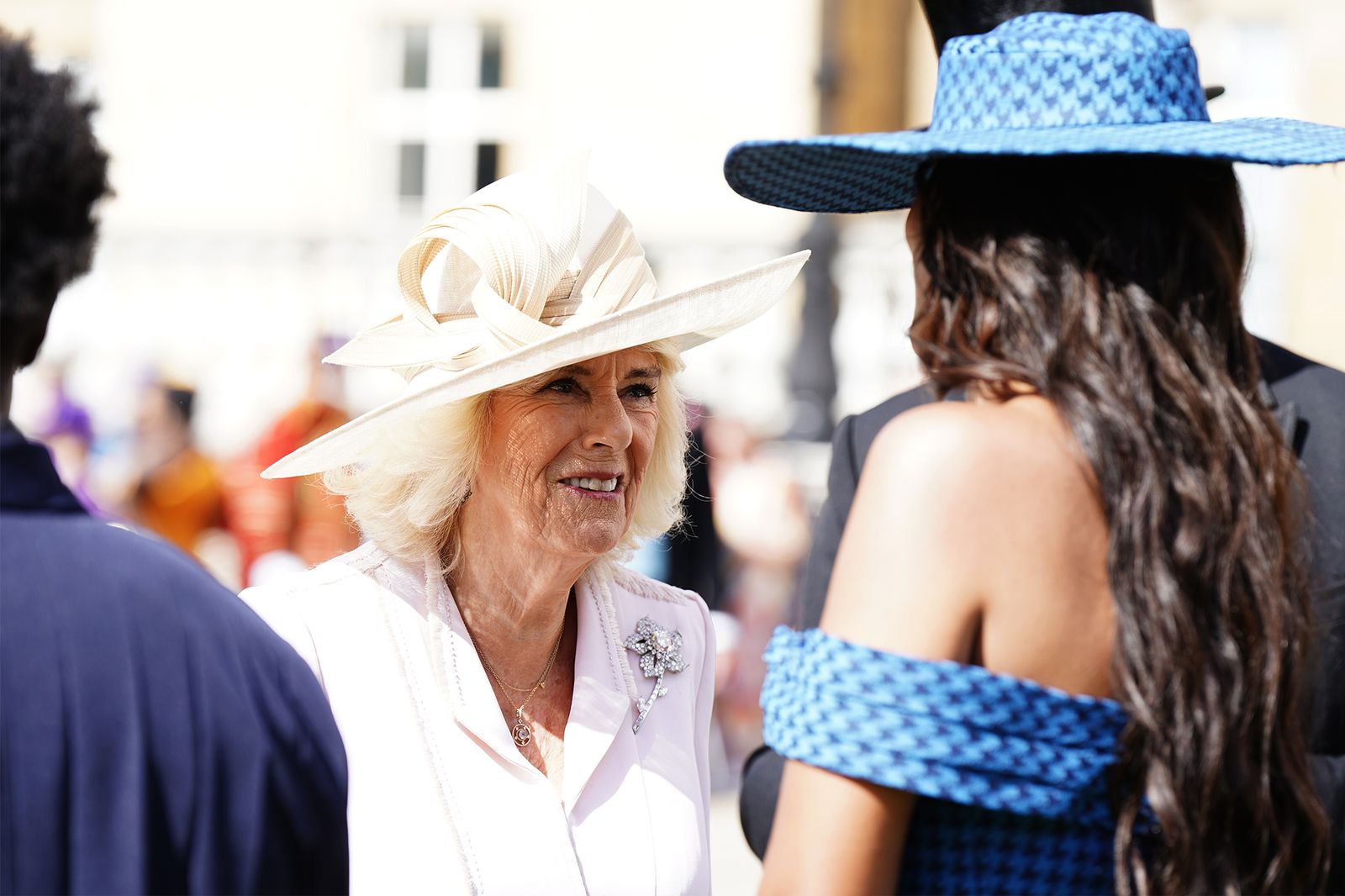In May of last year, Queen Camilla and King Charles III made an appearance at a Buckingham Palace garden party, one of their first since the king announced his cancer diagnosis three months earlier. Perhaps to mark the emotional significance of the moment, the queen wore the Williamson brooch, a truly spectacular 23.6-carat pink diamond set in platinum, designed by Cartier in 1953. The brooch, which matched Camilla’s pink Anna Valentine coat dress and the king’s pink cummerbund, was designed for Queen Elizabeth early in her reign, and the late queen brought it out for sentimental moments throughout her life.
When Queen Camilla wore the brooch last May, she was continuing to breathe new life into the legendary royal collection. At the Victoria and Albert Museum in London, where a much anticipated “Cartier” exhibition opens on April 12, cocurators Helen Molesworth and Rachel Garrahan worried they might not be able to include it in the upcoming show. “We are very fortunate that the king is lending it to us for the show,” Garrahan tells Vanity Fair. “It is only by seeing it in real life that visitors can really make that connection between the piece and the drawings and the people who made it.”
The brooch features 170 small brilliants, 12 baguettes, and 12 marquises alongside its pink centerpiece, set in a platinum truss designed to showcase the diamonds and practically disappear. It will be on public display at the museum’s South Kensington location until November 16 as a part of a survey of the house’s nearly 180-year history, featuring objects from the early days of its popularity among the British aristocracy, like the Manchester Tiara and fern brooches, both from 1903, all the way to a whimsical 2024 carabiner watch. In assembling the exhibition, Molesworth and Garrahan were able to dive into the company’s archives, along with related materials from the Royal Archives. “All the royal pieces, through five generations, show how times change and tastes change,” Garrahan says. “Cartier is able to offer something and has that relationship with the royal family in order to adapt to that.”
The British royals are devoted to Cartier, and vice versa. King Edward VII first gave the brand a royal warrant, a public certification for companies who provide goods or services to the royal household, in 1904, and Windsors ranging from Queen Mary to Wallis Simpson to the Queen Mother to Princess Diana to Meghan Markle have all incorporated pieces from the company into their collections. Cartier still holds a royal warrant to this day, and Garrahan says that the show illustrates why the bond remains so strong. “Trust is absolutely essential in any client-jeweler relationship, but if you are a royal family, then trust is on a whole other level,” she adds. “Discretion, elegance—all these things would’ve been and still are important to important clients, and Cartier was able to manage these well.”
The queen’s beloved Williamson brooch was named for John Williamson, the Canadian mine owner who provided the pink diamond as a wedding present when Elizabeth married Prince Philip in 1947. Using notes and sketchbooks from the archives, Garrahan found that the stone was incorporated into the brooch as the result of a close collaboration between the queen and the company’s designer Frederick Mew. Four gouache paintings that Mew created for the queen’s approval are on display in the show, next to the finished brooch. Garrahan also learned that Williamson had originally hoped to present the queen with more pink diamonds to fill out the brooch. It seems Williamson was unable to find any more in his mine, so he provided more than 200 white diamonds instead.
Mew, who worked at Cartier from the late 1920s until his retirement in 1971, was a great lover of nature, like the late queen. Garrahan pointed to design illustrations for delicate kingfisher brooches, also included in the exhibition, as evidence of his innovative approach to incorporating the shapes of nature into figurative jewelry. “He was a very humble but talented artist,” she says. “In the Williamson designs, you see these different varieties of flower and the way you use diamond cuts to bring out different elements of a design.”
From Getty Images.


